I've Made a Promise to Include At Least 50% Antiques in All My Projects – Here's Why
I always make sure that at least half the pieces in my projects are antiques, making a sustainable ethos rooted in beauty and balance
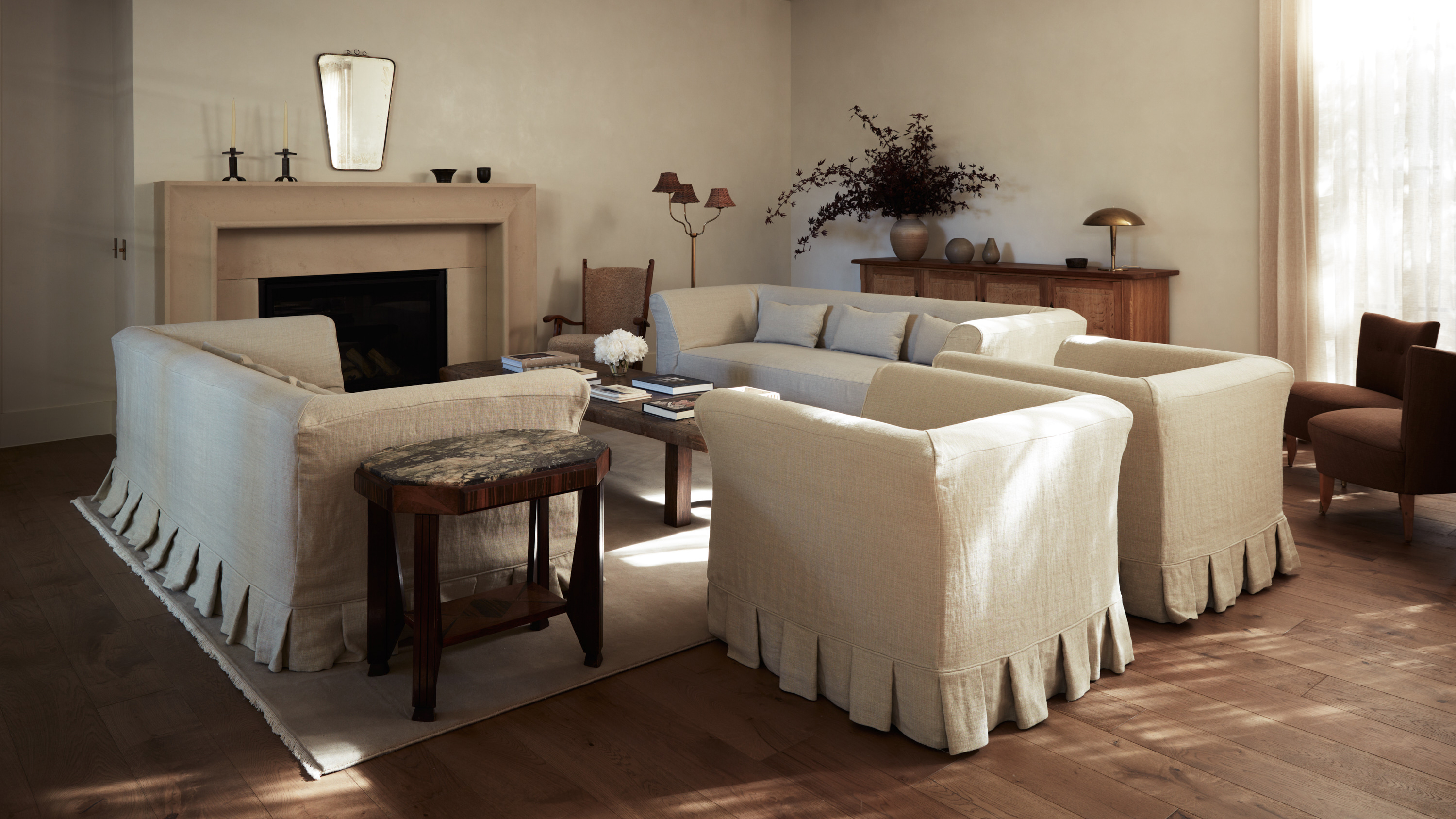

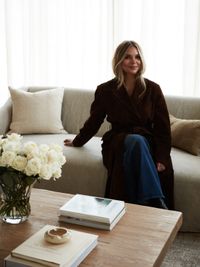
Interior designer Molly Kidd is one of Homes & Gardens' new Editors-At-Large for By Design, sharing her thoughts on decor through her lens of soft light, vintage pieces, and a sepia-tinged palette. See the rest of her articles here.
Nearly ten years ago, I made a quiet but firm promise to myself and my clients: every project would strike a thoughtful balance between new and old – half new, half vintage. That 50/50 commitment has evolved over a period of time (now often feeling more like 80/20, with a majority antique).
It wasn’t an interior design trend or a marketing strategy. It was simply what felt right – ethically, aesthetically, and emotionally. I wanted the homes I designed to reflect a deeper kind of beauty: one that wasn’t based solely on what’s new or now, but that honored the richness of what came before. Sustainability wasn’t just a checkbox. It was a mindset, a rhythm, a respect for the stories already embedded in time-worn wood, sun-faded fabrics, and brass patina’d by decades of touch.
Over the years, this 50/50 philosophy has become a natural part of my creative process. Most projects shift the ratio – a space might lean 80% vintage – but the guiding idea remains: every home should layer the soul of the past with the freshness of the present.
At Molly Kidd Studio, sustainability doesn’t mean sacrifice. It means sensibility. We’re not chasing minimalism for the sake of aesthetics or maximalism for the sake of drama. We’re chasing longevity. Beauty that endures. Pieces that last not just in structure, but in sentiment. I will only put a piece in a home if I can imagine it eventually ending up in an antique store.
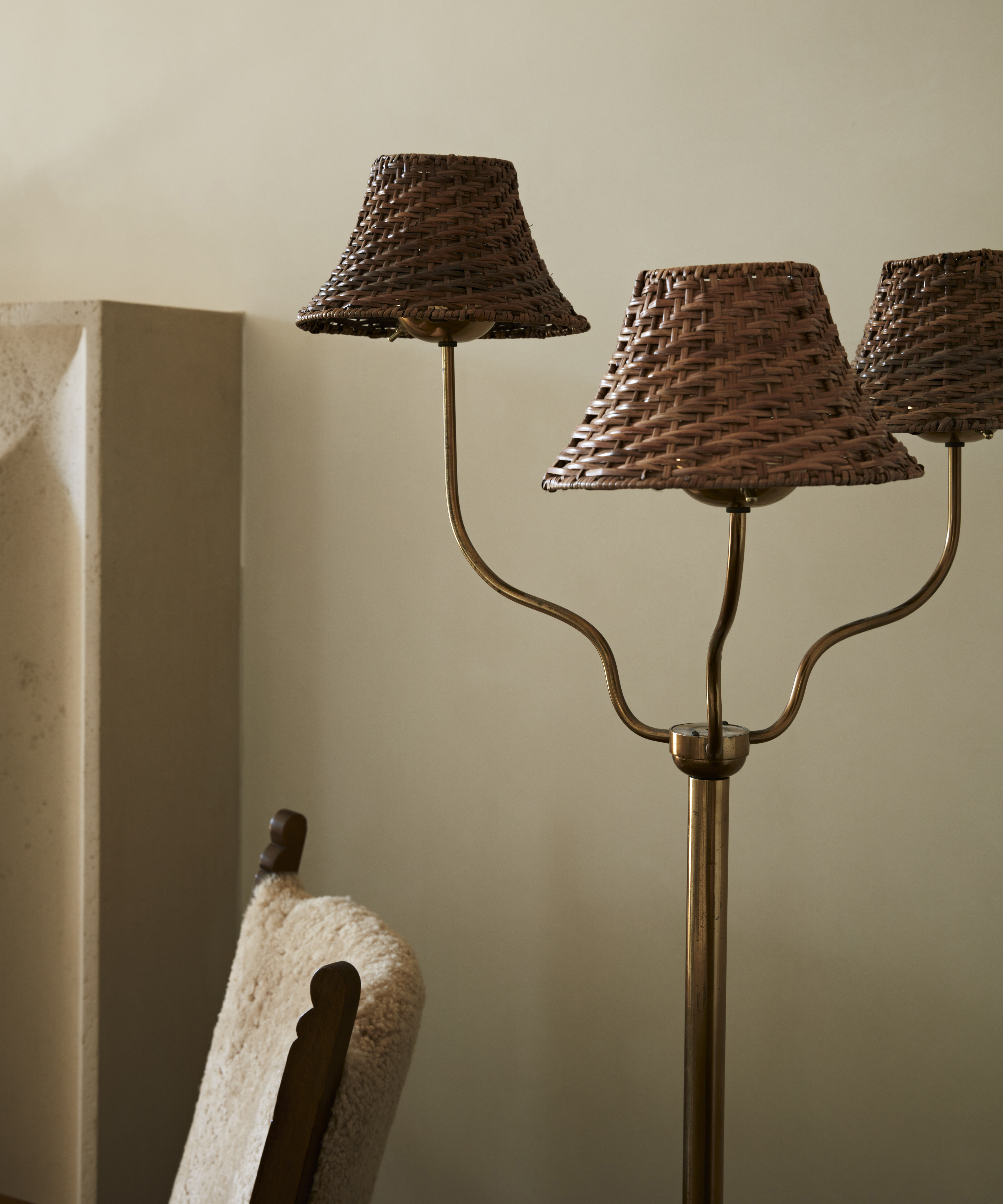
Choosing vintage isn’t just good for the planet – it’s good design. A vintage armoire brings proportion, weight, and craftsmanship that modern manufacturing rarely replicates. Just like fast fashion, fast interiors lack originality, patina, and personality. An antique Danish sideboard can break up a room of too many new pieces, ground a space, and whisper: this didn’t come from a box. This came from somewhere – usually Europe.
Because I believe in sustainability at every layer, I also source with locality in mind. Whenever possible, I shop within the town or state of the project. It’s part environmental, part emotional: giving back while taking history. A handmade bench from a local craftsman in Montana, a stack of French dining chairs from a flea market in Texas – these regional pieces hold a charm that makes a space feel connected, not just styled.
Design expertise in your inbox – from inspiring decorating ideas and beautiful celebrity homes to practical gardening advice and shopping round-ups.
This pillar extends far beyond furniture. When I walk into a remodel, I don’t look to erase – I look to preserve. Original flooring, millwork, lighting, or cabinetry worth keeping stays put, guiding the new chapter we’re telling.
Good design doesn’t mean starting from scratch, even in a new build. It means seeing the land and leaving an MKS footprint for generations to come. Honoring the bones of a home not only reduces waste, it creates character that can’t be replicated with all-new materials. It’s in that quiet doorway trim or the 1930s window latch we refuse to replace – that’s where the soul lives.
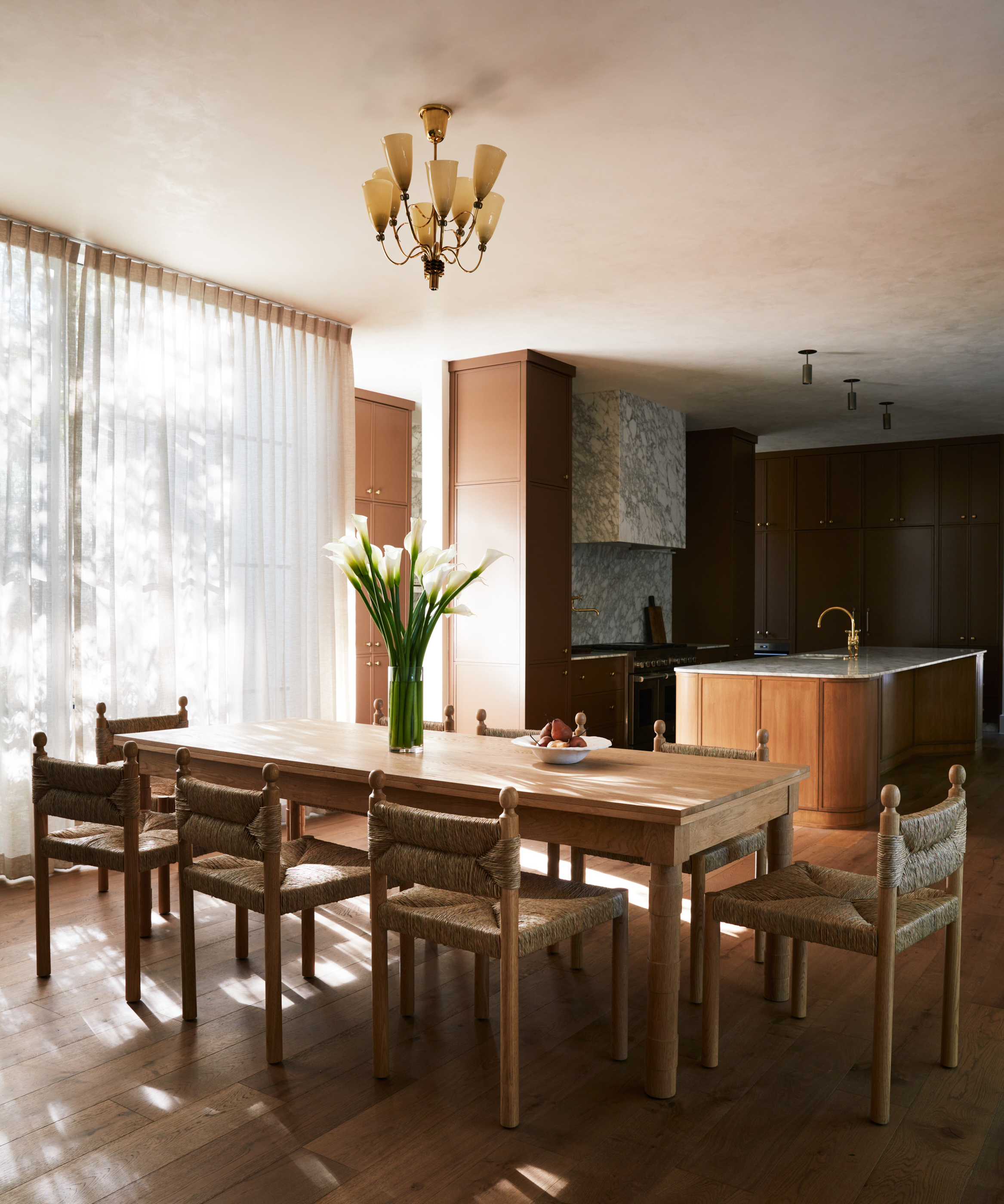
The 50/50 promise has become more than a ratio – it’s my design ethos. It guides how I source, how I layer, and how I collaborate with clients who value the blend of elegance and earthiness. It’s why a project might feature a custom sofa paired with a 100-year-old farm table, or why I’ll scour thrift stores in upstate New York for a vintage mirror that grounds an otherwise modern powder room.
Clients often ask, ‘How do you make a new home feel like it’s always been there?’ The answer almost always lies in the vintage – in the stories we choose to carry forward, in the balance between fresh upholstery and heirloom chairs, between modern lighting and antique brass hooks. You can immediately tell when a home is filled entirely with new pieces: it lacks depth and character. My goal is always to create spaces that feel timeless, homes where you can’t quite pinpoint when they were designed.
Because in the end, a well-designed space settles in. It remembers. It evolves. And the best design choices – like the best furniture – are those that stand the test of time.
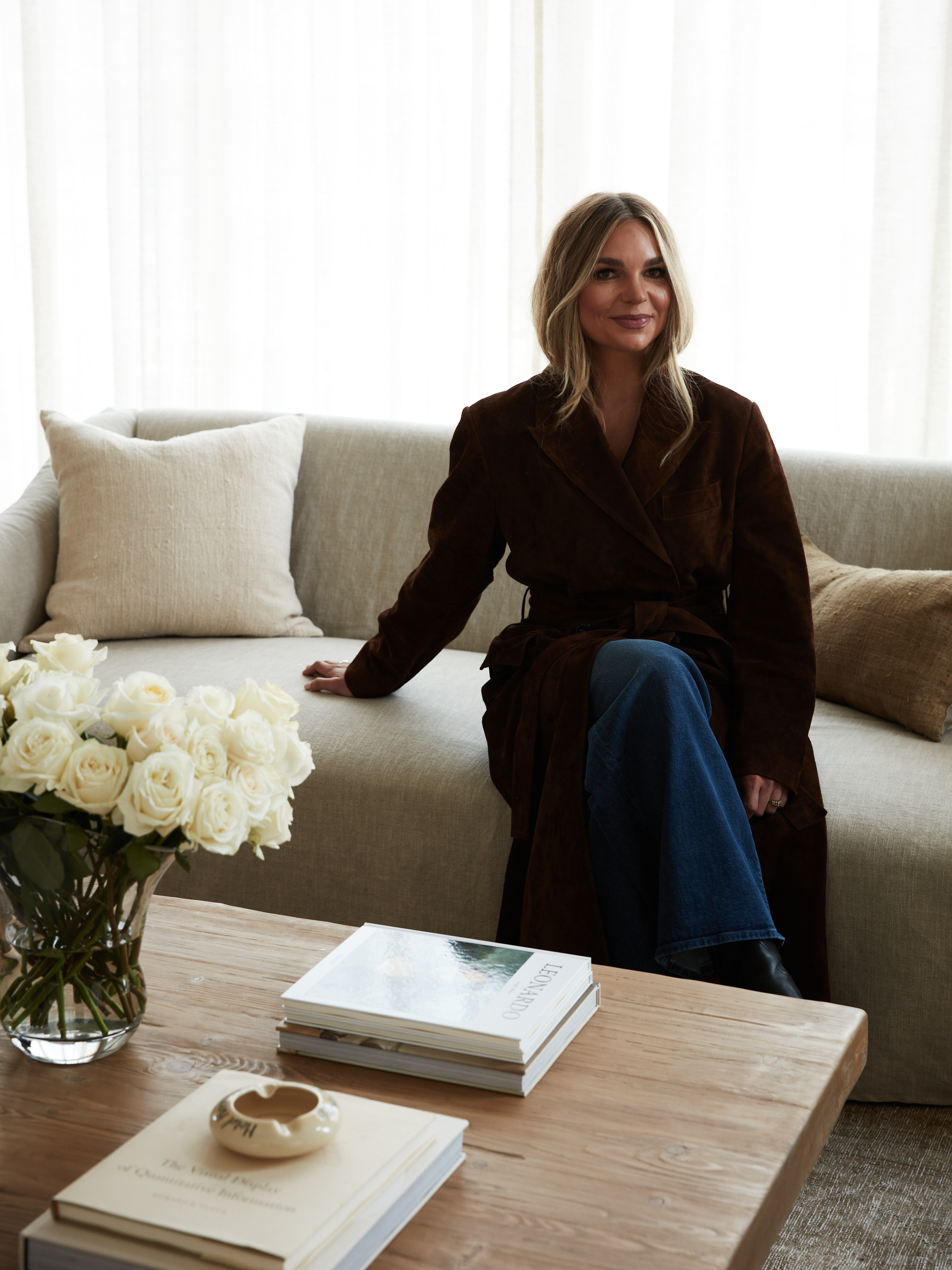
Molly Kidd is an acclaimed interior designer and the founder of Molly Kidd Studio, a full-service design studio known for its warm, layered aesthetic that blends classic Americana with thoughtful modernity. Based in the Pacific Northwest, Molly has built a reputation for creating deeply personal, livable homes rooted in timeless design principles, natural materials, and soulful storytelling.
Molly’s work has been widely recognised and published in leading design publications, including Architectural Digest, Homes & Gardens, Domino, Rue Magazine, MyDomaine, and House Beautiful, among others. In 2023, she was named one of HGTV’s Designers to Watch, cementing her status as an emerging voice in American interiors.